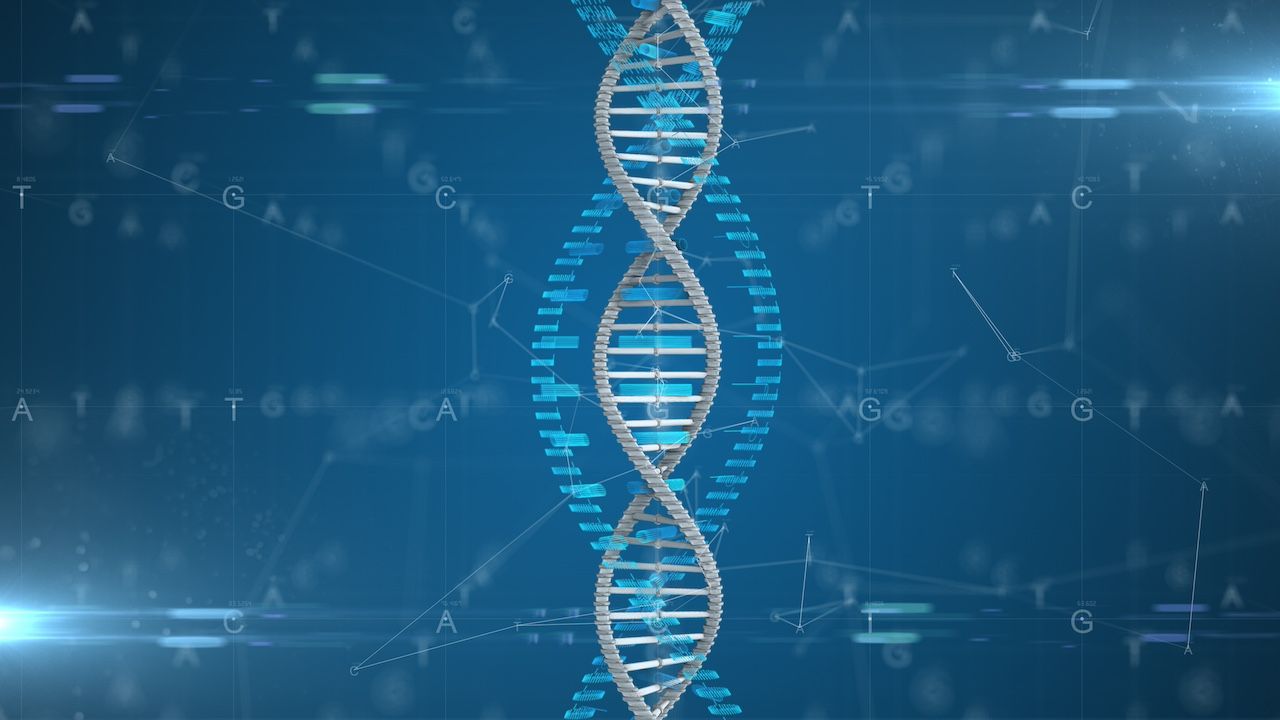
Duchenne Muscular Dystrophy
Latest News
Latest Videos
Podcasts
CME Content
More News

Families caring for individuals with Duchenne muscular dystrophy (DMD) face significant financial burdens from necessary home and vehicle modifications to enhance quality of life.
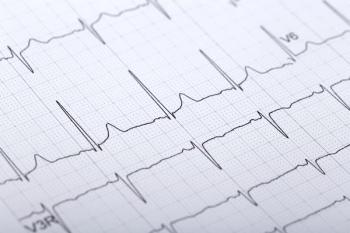
Artificial intelligence (AI)–based electrocardiogram interpretation (AI-ECG) detected left ventricular systolic dysfunction (LVSD) in patients with muscular dystrophy, a recent study found.

The findings support the clinical benefits of delandistrogene moxeparvovec in patients with Duchenne muscular dystrophy (DMD).
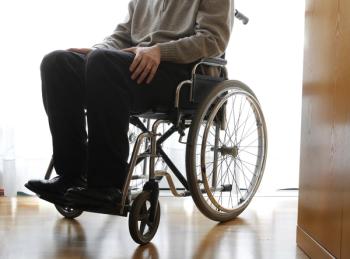

Delandistrogene moxeparvovec, a gene therapy for Duchenne muscular dystrophy (DMD), showed high dystrophin expression and a favorable safety profile in young patients.
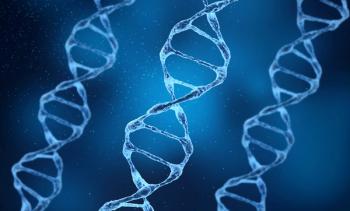
Delandistrogene moxeparvovec demonstrated a manageable safety profile across clinical trials for Duchenne muscular dystrophy (DMD), with most adverse events emerging within 90 days of infusion.

Delandistrogene moxeparvovec (Elevidys; Sarepta Therapeutics) appeared to protect muscle from progressive damage in patients with Duchenne muscular dystrophy (DMD) based on muscle quantitative magnetic resonance measures.
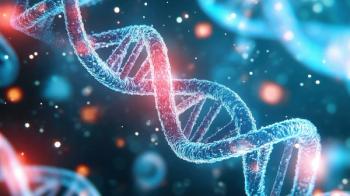
Multidisciplinary coordination across prescribing teams, nursing, laboratory medicine, finance, and infusion centers is crucial for gene therapy delivery in Duchenne muscular dystrophy (DMD).

The remote measurement tool enables Duchenne muscular dystrophy (DMD) assessments through analysis of caregiver-recorded videos.

None of the eteplirsen-treated patients reached a left ventricular ejection fraction below 50% compared with 22.1% of patients in the control group.

WVE-N531 demonstrated statistically significant improvements in muscle biopsy measures and functional measures in patients with Duchenne muscular dystrophy (DMD) in the phase 2 FORWARD-53 trial.

Delandistrogene moxeparvovec, a gene therapy approved for the treatment of Duchenne muscular dystrophy (DMD), was found tolerable and showed signs of efficacy in a real-world cohort.

Study results support the role of functional dystrophin and suggest that delandistrogene moxeparvovec stabilizes or slows Duchenne muscular dystrophy (DMD) progression.
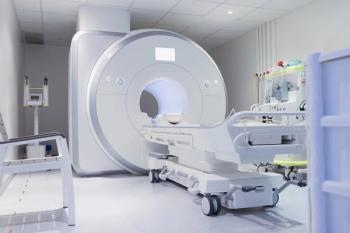
Multiparametric quantitative MRI could potentially help differentiate between Duchenne muscular dystrophy and Becker muscular dystrophy early and improve the management of these conditions.

Activities of daily life, education, and employment were areas of difficulty in the transition to adulthood for patients with Duchenne muscular dystrophy (DMD) or Becker muscular dystrophy (BMD), but those who had more siblings reported being more ready to transition to adult life.
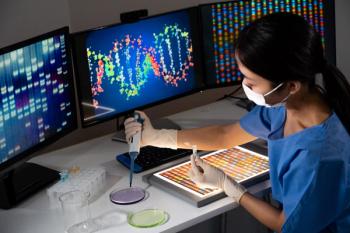
In the phase 1/2 INSPIRE DUCHENNE trial, interim data showed an average microdystrophin expression of 110% among participants with Duchenne muscular dystrophy (DMD) at 90 days post treatment.
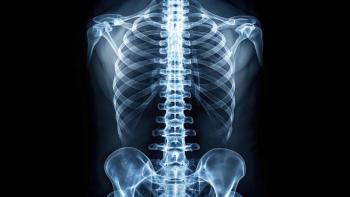
Less than half of patients had undergone bone monitoring, suggesting a need for better clinical guidance and management of osteoporosis in adult men with Duchenne muscular dystrophy (DMD).

There is an unmet need for therapies targeting Duchenne muscular dystrophy (DMD)–related heart disease, and phase 2 results suggest ifetroban may improve left ventricular ejection fraction in patients with DMD.

The gene therapy delandistrogene moxeparvovec-rokl showed clinically meaningful benefits and disease stabilization at 2 years in patients with Duchenne muscular dystrophy (DMD).

Prophylactic cardiac treatment may prolong survival in Duchenne muscular dystrophy (DMD), but only one-quarter of individuals received such treatment, a recent study found.

Altruism values for treatments of rare, severe pediatric diseases have not been estimated. This study found the altruism value for a hypothetical new Duchenne muscular dystrophy treatment to be $80 per year.

The results suggest that prolonging ambulation may not adversely impact cardiac function in adulthood for patients with Duchenne muscular dystrophy (DMD).

An analysis revealed global trends and emerging focus areas in Duchenne muscular dystrophy (DMD) research, emphasizing the growing impact of precision medicine and gene therapies.

Septal circumferential strain (Ecc) was significantly decreased in LGE-negative boys with Duchenne muscular dystrophy (DMD) and correlated to ventricle changes.

The CONNECT2-EDO51 phase 2 trial looks at PGN-EDO51, an investigational therapy for Duchenne muscular dystrophy (DMD), and is still ongoing in the United Kingdom.



